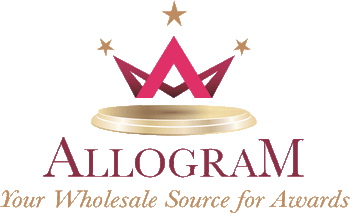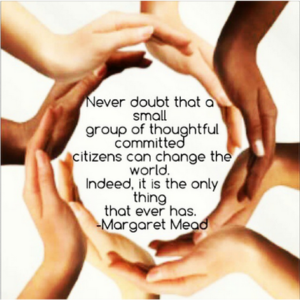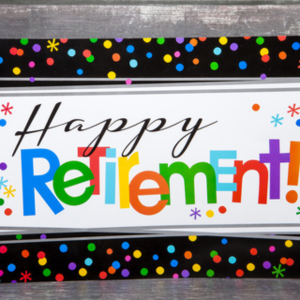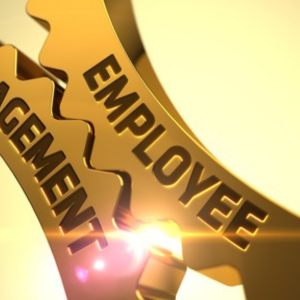The Power of Recognition
A company that creates an environment that both motivates people and where positive behavior is rewarded, will attract the best talent, maintain strong morale, retain key employees and ultimately stay ahead of the competition. This same environment, rich in motivation and recognition, will also achieve positive results on the ball field, in the classroom and even around the dinner table. If you reward good behavior, it will be repeated.
The key to this basic premise is RECOGNITION – Making Someone Proud.
This principle has been demonstrated over and over again, in both laboratory and research settings and in the real world. Studies have shown that if you recognize and appreciate your co-workers, good things will happen. Stress, absenteeism and turnover will decrease, while morale, productivity and competitiveness will increase. Likewise, in the classroom, positively reinforcing behavior through recognition, will lead to increased attentiveness, improved test scores and most importantly, a genuine interest in learning. Despite popular belief, money isn’t the best way to recognize superior performance. In fact, research shows us that the number one reason people leave jobs is “limited recognition and praise”. Issues such as compensation were all deemed less important than recognition. Clearly, people value respect, appreciation and recognition just as much as — and often more than — monetary rewards.
The monetary gifts given will be spent and long forgotten, while an award will live on with the receiver as a reminder of their achievement for years to come. An added benefit of recognition is that it affects more than just the recipient. When a coach recognizes a player for improving their play, not only does the player feel proud about the recognition but the coach also celebrates in the joy of accomplishment and feeling of pride. When a manager recognizes a co-worker, the co-worker is proud, but so is the manager to have that person on their team. Recognition as it is given or received has shown to be an act of empowerment. Others on the team or in the room are also inspired, and they strive to be recognized and to recognize others.
How do you recognize your team members, your co-workers, your students or family members? Start small. Recognize individual achievement whenever you can. Or, you may choose to implement a more formal recognition program. The program may be tailored to suit any goal, from increasing points scored to improving corporate sales to bringing up the class grade point average. It’s a fairly simple process, and it doesn’t have to involve spending a lot of money — remember, it’s the recognition itself that’s so important. That’s the foundation for successful motivation. By Making Someone Proud, you can show that you appreciate the work people perform, respect them for it and recognize their accomplishments. Appreciation and recognition are powerful motivators leading to an increase in performance, productivity, morale, employee retention and overall satisfaction. Appreciation and Recognition are two of the top principles people value in their jobs. Rewarding employees with only cash is not as effective as less costly non-cash rewards. Learn the fast facts on rewarding with cash vs. non-cash!
How Employees Value Awards… Cash is ineffective and so are gift cards. Gift cards may be convenient, flexible and provide broad appeal with employees. However, gift cards have several limits. Below are the Top 5 Reasons to replace gift cards with symbolic awards.
5. Gift Cards Provide Low ROI. Noticing and recognizing an employee for their good work will increase employee performance and customer satisfaction, making the company more profitable. Gift Cards are not personal, lack emotion, are forgotten or are not redeemed, making them a poor reward option. Replacing gift cards with the symbolic recognition of an award is personal, emotional, memorable, and lasting, making awards the ideal choice to increase profitability with a high return on investment (ROI). Increase your ROI by replacing gift cards with a personalized award.font
Creating Your Own Recognition Program
A recognition program is the best way for any company to provide employees with good feelings of pride and accomplishment. How you design and implement the program will determine its success. It must be carefully planned, consistent, and meaningful to both employees and managers. Remember, your program's ultimate goal is to motivate those involved to reach higher levels of achievement, as well as provide for lots of recognition among peers.
Some statistics show that Companies with effective recognition programs experience:
51% Lower Turnover
- Replacing a key employee costs 150% of their salary.
- New employees take 6-9 months to be productive.
63% More Productivity
- Engaged employees are more loyal.
- Engaged employees feel appreciated.
- Engaged employees are easy to manage.
56% Higher Customer Satisfaction
- Less customer “churn”.
- The customer always wins.
- More referrals from existing customers.
- Decreased marketing and sales expenses for new customers.
58% Return on Profit Margin
- Companies are financially stable.
- More capital for the future.
- Companies return more to their stakeholders
Sources:
Overview: http://www.worldatwork.org/waw/adimLink?id=60577
Survey Results: http://go.globoforce.com/SHRM-winter-2012-report_announcement.html
Contact Us Today to Discuss the Benefits of a Recognition Program!



